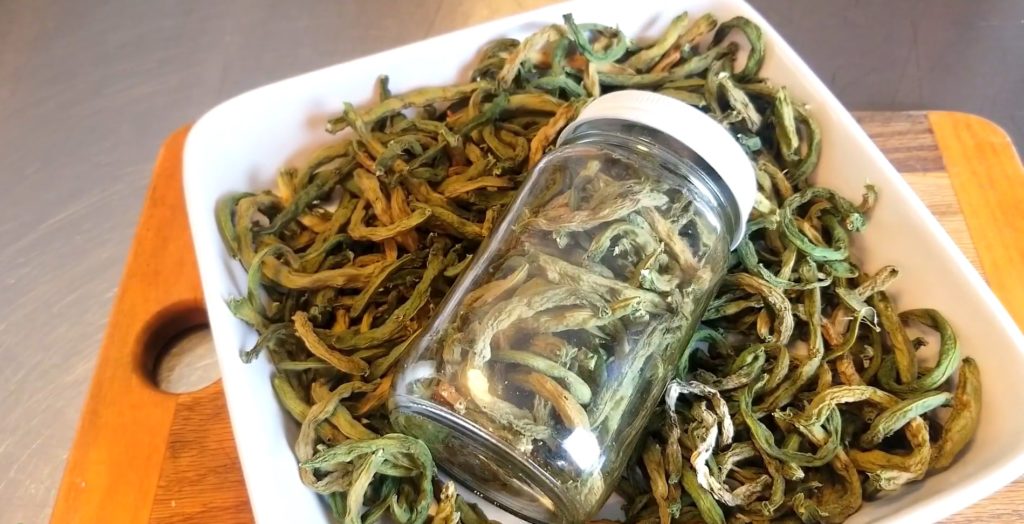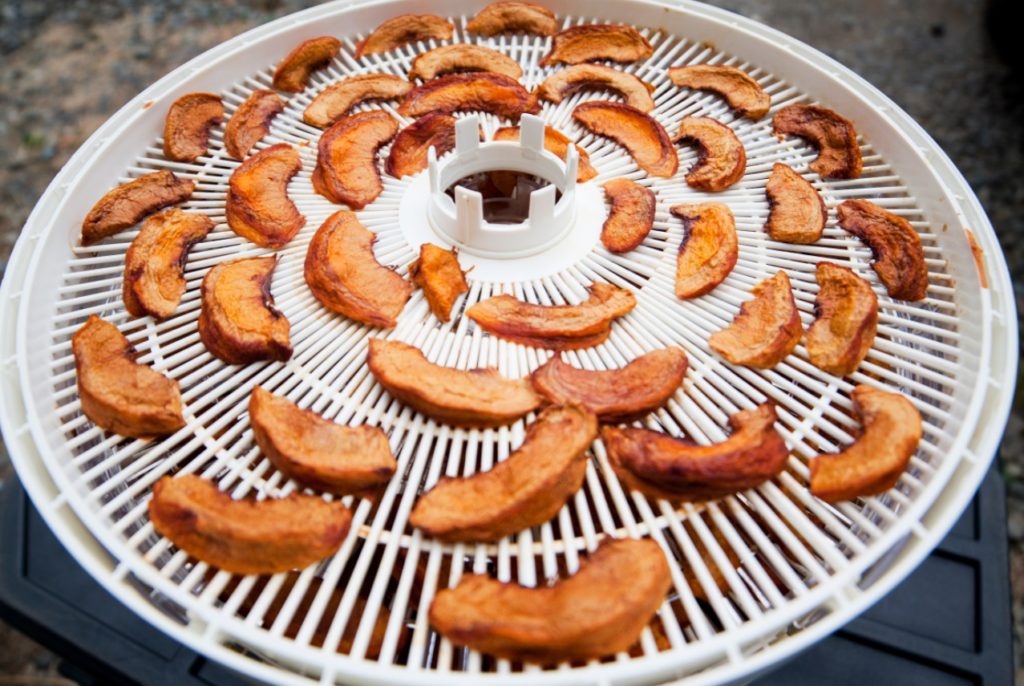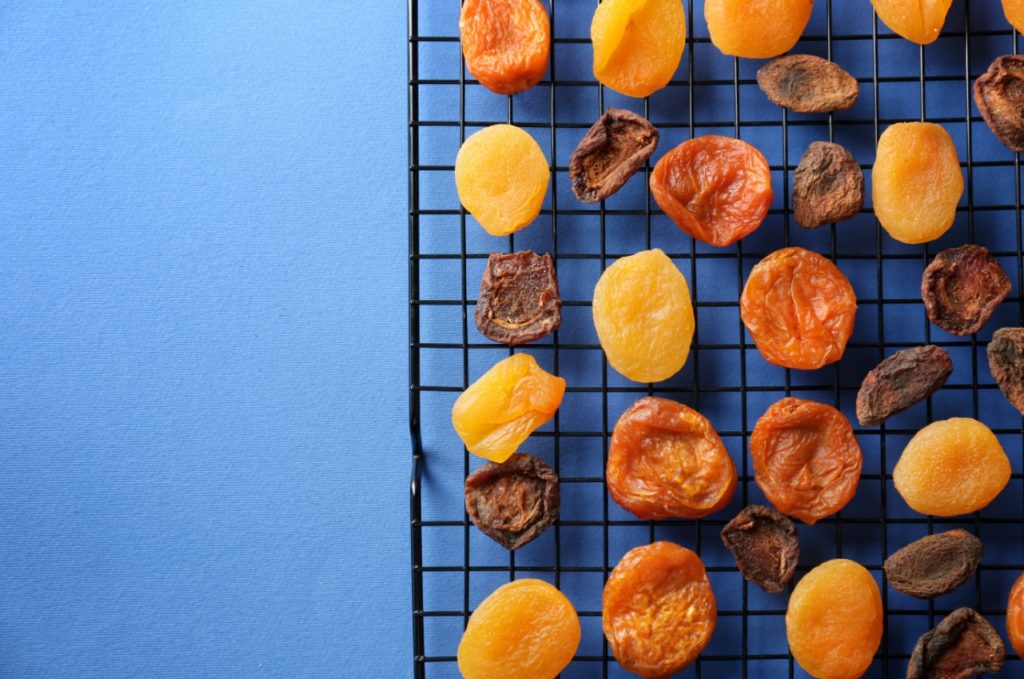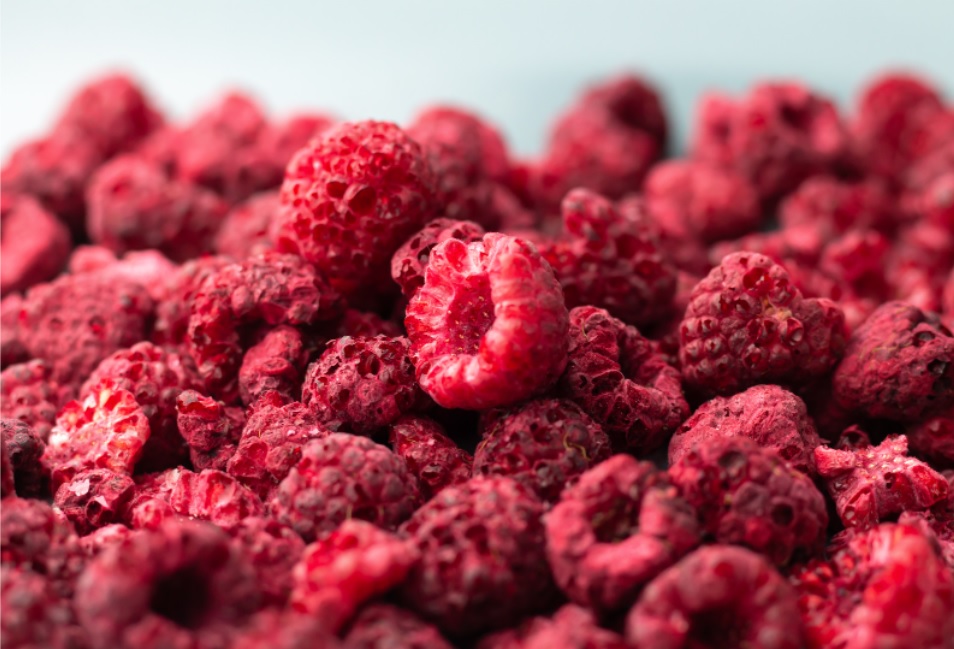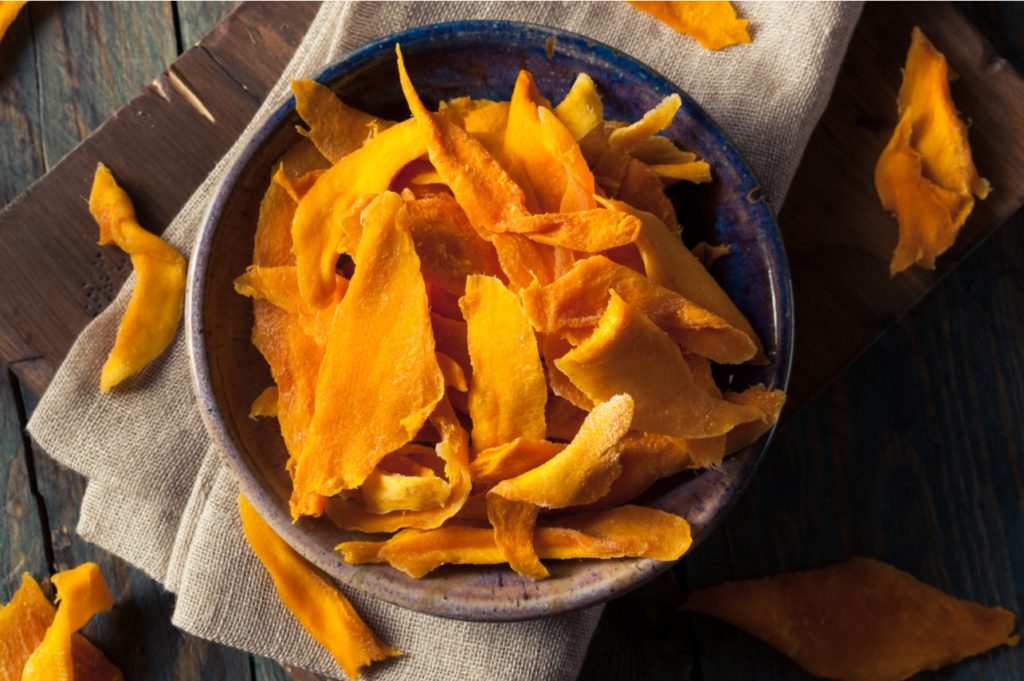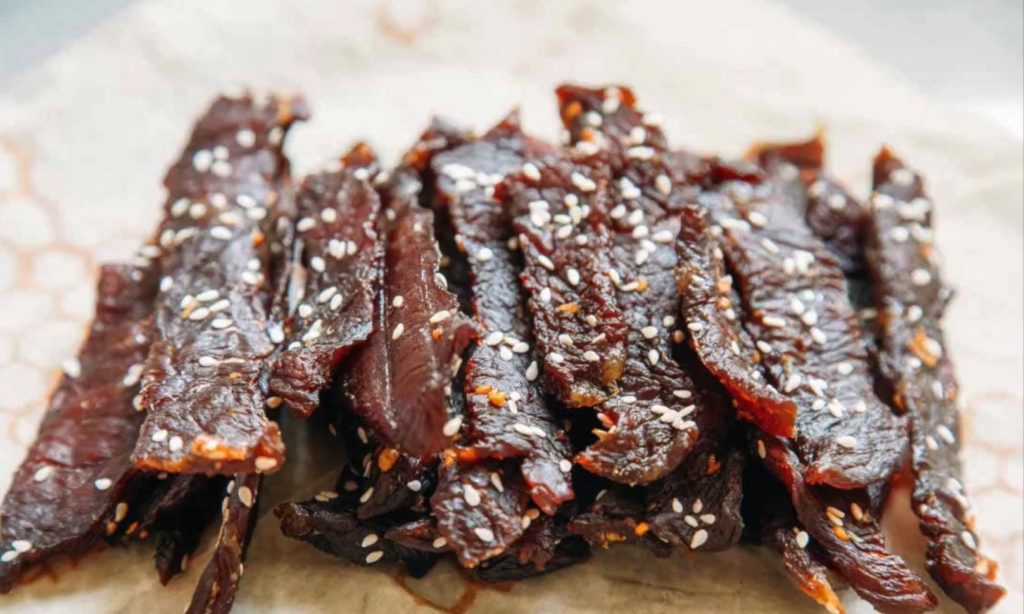Home Drying Tips
Home Drying Tips is a category that aims to share important knowledge and techniques for drying foods at home hygienically and efficiently.
This category provides a variety of tips and steps for home dehydrating fruits, vegetables, herbs, meats, and other ingredients.
Here, you’ll find ideas and recipes for drying foods in creative ways that meet your personal needs and preferences.
You’ll get information on the best foods to be dried and the best ways to prepare them for drying.
You will learn proper drying techniques and household tools that can be used to achieve the best results.
Here, you’ll find tips for controlling drying conditions such as temperature, humidity, and ventilation for optimal results.
You’ll learn the correct ways to cut and prepare foods before drying and how to avoid spoilage or loss of quality.
You will have the opportunity to discover the best ways to dry fruits so that they retain their natural flavor and nutritional value.
You’ll get tips for properly drying vegetables to preserve texture, color, and nutrients.
You’ll learn how to dry herbs and how to preserve their flavor and therapeutic benefits for future use.
You’ll get tips on safely and effectively dehydrating meat and fish to preserve their taste and flavor.
You’ll learn how to dry citrus fruits, mangoes, bananas, and apples in ways that achieve their ripeness and preserve their natural flavour.
Here, you’ll find tips for dehydrating frozen fruits to enjoy during the winter or out of season.
You will get information about drying foods in different shapes such as slices, small pieces and cubes to meet different needs.
You will learn ways to sun dry foods to take advantage of the free solar energy and provide a unique drying experience.
Here you will find tips on storing dehydrated foods properly to preserve their taste and flavor for a long time.
You will learn about the best tools and equipment used in the home drying process such as floats, dryers, and racks.
You’ll get tips for choosing suitable foods for dehydration and how to identify which food is suitable for dehydration and which may not be suitable.
You’ll learn the proper storage of dried foods and how to prepare them for use in your favorite recipes.
You’ll get tips for using dried foods in everyday meals, such as adding them to salads, soups, or salads.

